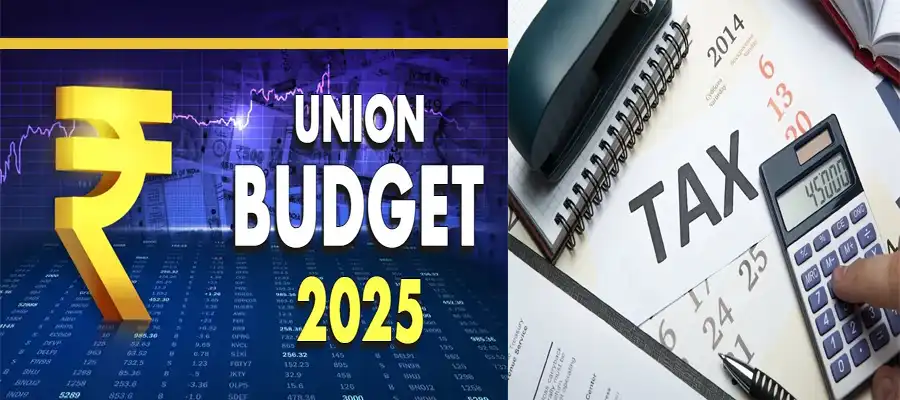The Union Budget 2025, presented by Finance Minister Nirmala Sitaraman, has introduced major tax relief measures aimed at providing financial relief to the middle class. However, these tax cuts come with financial relief to the middle class. However, these tax cuts come with a significant revenue loss for the government. According to the financial minister, the government will forego ₹1 lakh crore from direct taxes and an additional ₹2,600 crore from indirect taxes. This raises a critical question, how will the government compensate for this revenue loss while maintaining fiscal discipline?
Understanding the impact of direct tax cuts
A major highlight of budget 2025 is the increase in the income tax exemption limit from ₹7 lakh to ₹12 lakh under the new tax regime. This move is expected to benefit millions of salaried individuals and small business owners by increasing their disposable income, which in turn could boost consumption and savings.
However, this tax relief comes at a substantial cost. The government estimates that it will lose ₹1 lakh core in direct tax revenue, which means a significant reduction in funds available for public welfare, infrastructure, and social schemes.
Indirect tax cuts and their fiscal implications
In addition to income tax, relief, the government has exempted 36 life-saving drugs from basic customs duty, up from 20 in the previous year. While this will lower medical costs and benefit households, it also means a revenue loss of ₹2,600 crore from indirect taxes.
How will the government balance the fiscal deficit?
Despite the tax cuts, the Financial Minister has set an ambitious fiscal deficit target of 4.8% of GDP for FY25, down from 5.1% in FY24. To bridge the revenue gap, the government is expected to:
Enhance tax compliance through stricter enforcement and digitalization
-
Rely on economic growth to generate higher revenue from corporate and indirect taxes.
-
Boost privatization and disinvestment in public sector enterprises.
-
Encourage foreign investment and domestic consumption to stimulate economic activity.
Can the economy absorb the revenue loss?
The government’s approach suggests that the short-term dip in tax revenue will be offset by increased spending and economic growth. If consumer demands rise, businesses thrive and employment grows, the overall tax collection from indirect sources could partially compensate for the direct revenue loss.
However, some experts warn that if economic growth does not accelerate as projected (6.3%- 6.8% for FY25), the government may have to cut back on spending or borrow more, which could lead to long-term financial challenges.
Altogether the budget 2025 tax cuts offer immediate relief to taxpayers, but they come with fiscal tarde-offs. The government is betting on economic expansion to recover lost revenue. Whether this gamble pays off will depend on how effectively these measures stimulate growth while keeping the fiscal deficit in check. The coming months will be crucial in determining the real impact of these tax reductions on India’s economy.
